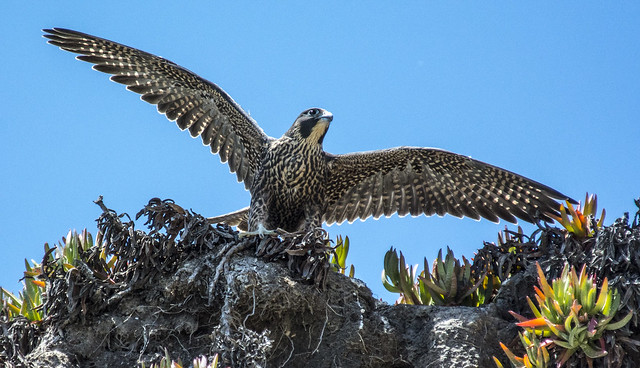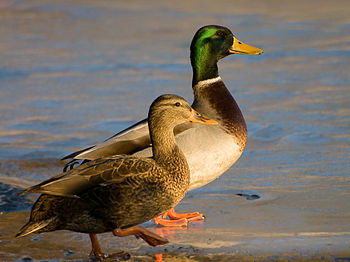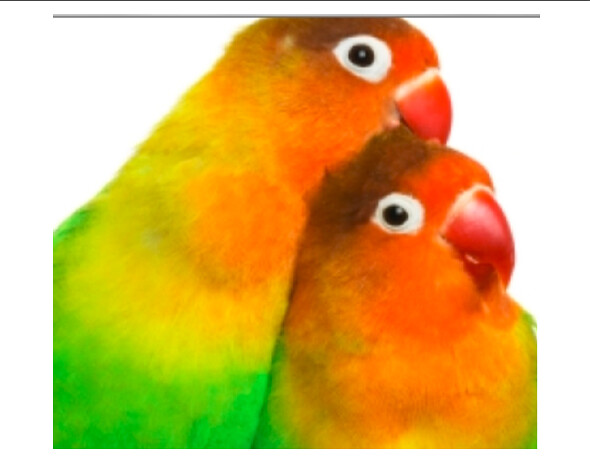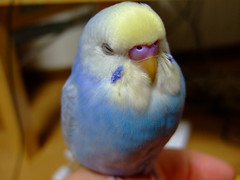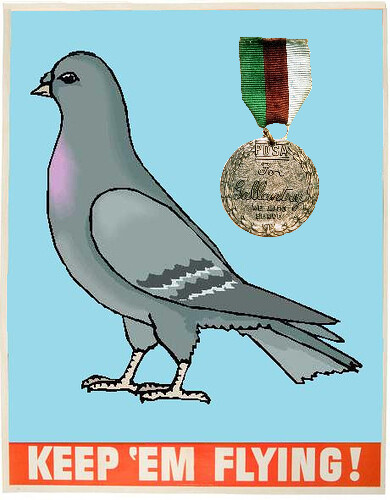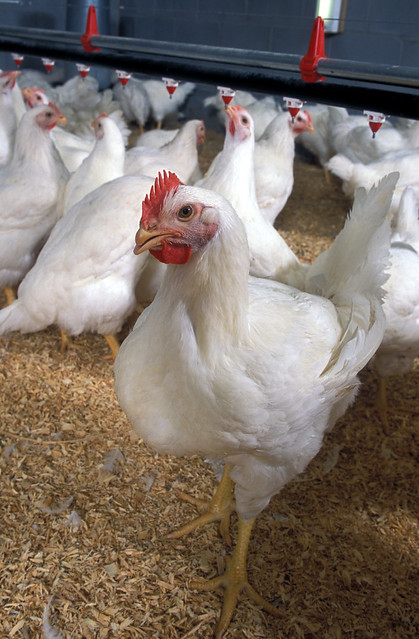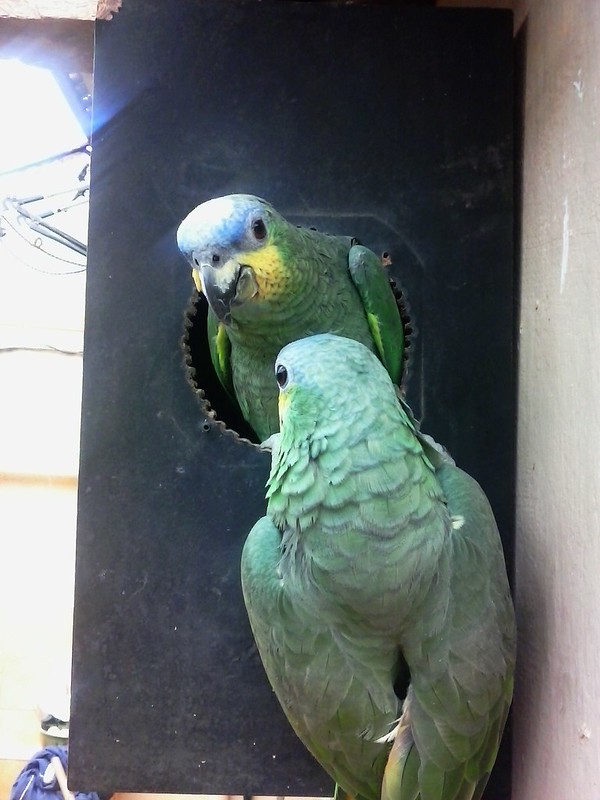 |
| Congo African Grey Parrot (Psittacus erithacus erithacus). (Photo: Wikipedia) |
African Grey parrots are very intelligent. It has been said that they have an intellect similar to that of dolphins and chimpanzees. African Grey parrots have the ability to mimic up to 2,000 different sounds. They can understand the use of many words they learn and are known to be the best talking parrots.
are very intelligent. It has been said that they have an intellect similar to that of dolphins and chimpanzees. African Grey parrots have the ability to mimic up to 2,000 different sounds. They can understand the use of many words they learn and are known to be the best talking parrots.
Einstein, a talking African Grey, is living proof of this. Einstein has been talking up a storm in a Knoxville, Tennessee zoo. Einstein's trainer, Stephanie White, says that it is natural for African Grey parrots to enjoy mimicking sounds. Einstein, though, seems exceptionally good at mimicking. White believes Einstein can make more than 200 different sounds, many of which are English words.
"If she hears a sound that she likes, she'll start to repeat it over and over. Then we'll put it on cue," says White.
Is Einstein Male or Female?
African Grey parrots of both sexes look the same, so no one knows whether Einstein is male or female. The zoo's veterinarians could tell with a blood test, but the zoo has decided not to do it. Einstein lives happily with the name of a great male scientist, and a feminine pronoun.
Einstein – a Talking African Grey's Bio
Einstein, the talking African Grey parrot, hatched in California in 1987. He did not live in a zoo at first. He lived with a California couple. Not for sale, the Congo African Grey was donated to the Zoo in 1992 at age 5.
When Einstein arrived at the Knoxville Zoo, she soared from unknown African Grey parrot to star status. Einstein was an immediate hit in the zoo's new Bird Show. Visitors loved the show, which features free-flight, natural behaviors of about 14 birds and a few other animals. However, the African Grey quickly became the star.
Einstein does not stay at the zoo every day. Nor does she limit her vocabulary to words and sounds her trainers want her to learn. One day, the African Grey was riding in a car on the way to a school show-and-tell. Suddenly, she began to sing "Happy Birthday" to her shocked trainers. No one knew when and how she learned the song, but she knew it.
Einstein is not only the star of Knoxville Zoo's Bird Show. She is also a popular "spokesbird" for the zoo and for Knoxville tourism.
Although Einstein is about 22 years old as I write this (early 2007), she will never behave or understand as a 22-year old human. African Grey parrots have the intellectual capacity of a 5-year old child. Emotionally, they are more like a 2-year old human. Those who live with African Grey parrots are constantly reminded of this.
African Grey – the Right Pet for You?
Einstein, the talking African Grey is amazing. You should be aware, however, that not all African Greys are like Einstein. The Knoxville Zoo has another African Grey parrot named Allie. Allie has learned only a handful of words. Perhaps Allie is shy of talking because Einstein is so good. Perhaps Allie is just not motivated.
Certainly, many African Grey parrots do learn to talk. A privately-owned, 10-year old African Grey in Texas – also named Einstein - is credited with knowing 122 words, 94 phrases, and 21 sounds.
If you purchase an African Grey parrot and patiently work with it, you will probably be able to teach it to talk.
About the Author: © 2007, Anna Hart.
Anna Hart, a career educator, and writer has researched African Grey parrots carefully for you. Anna invites you to read more of her articles about parrots of the world at http://www.parrots-of-the-world.com. If you would like more information on African Grey parrots, you won’t want to miss Anna’s articles.
Source: www.isnare.com
|


